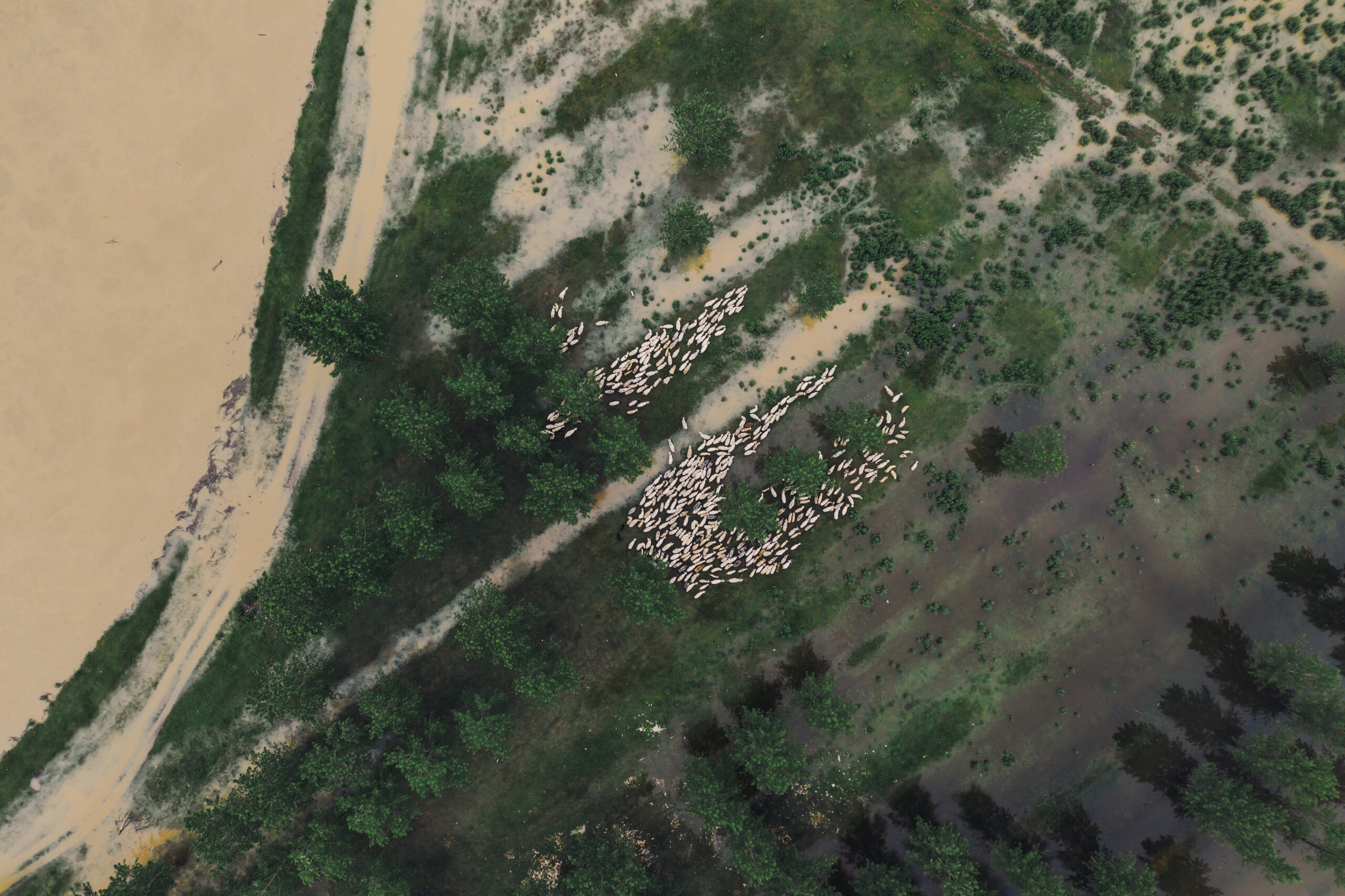In the early hours on a Monday, two dams broke in Derna, a city in Libya, and a huge wave of water crashed down, taking with it homes and thousands of lives. Everyone’s asking: Why was this flood in Libya so bad?

Why Was This Flood So Intense?
Several things added up to make this flood especially devastating:
The Big Storm
Storm Daniel was the main reason for the rain. This storm had already caused floods in Greece, Turkey, and Bulgaria. But then, it transformed into something called a “medicane” (kind of like a hurricane) and got stronger over the warm Mediterranean waters. When it reached Libya, it dumped a record-breaking amount of rain.
While we can’t say for sure that climate change caused Storm Daniel, scientists think climate change makes storms stronger. The warmer the water and air, the more intense a storm can become.
Derna Was Already At Risk
Derna has faced flooding issues for a long time. The city experienced big floods several times since 1942. The two dams that broke were old, built in the 1970s, and they hadn’t been looked after since 2002. Researchers had even warned that these dams could cause a big flood if they broke.
Additionally, the area around the dams didn’t have enough plants. Plants can help stop the ground from eroding (wearing away), which might have made things less severe.
Problems With the Dams and Infrastructure
Some people are questioning if the dams were even built right in the first place. If the dams didn’t break, the flood might not have been as bad. Also, Derna has been damaged by fights with groups like ISIS, making the city more vulnerable to natural disasters.
No Proper Warning System
One of the saddest parts of this story is that many lives could have been saved if people had been warned sooner. There’s a UN organization that believes a better weather warning system in Libya could have made a difference. However, political problems in Libya made it hard to set up these systems.
And even with warnings, dams breaking are very hard to predict. They can happen super fast and cause a lot of damage. This reminds us how important it is to have good infrastructure and be prepared for extreme weather because of climate change.
Wrapping Up
The floods in Libya show us how many different things can lead to a big natural disaster. From strong storms to old dams to a lack of warnings, everything combined to cause a tragic event. As climate change continues, we need to make sure our cities and towns are ready for extreme weather. We’re thinking of everyone in Derna and hope this event pushes us to be better prepared in the future.

FAQ: Understanding the Massive Floods in Libya
What caused the flood in Libya?
The flood was caused by a combination of factors, including an intense storm named Daniel, old and unmaintained dams, and a lack of timely warning systems. The storm dumped a record amount of rain on Libya, causing the already vulnerable dams to break.
How is climate change related to the flood?
While we can’t say for sure that climate change directly caused the storm, it’s widely believed that climate change makes storms stronger and more unpredictable. Warmer water and air can make storms more intense and cause them to drop more rain.
Why were the dams so vulnerable?
The dams were old, built in the 1970s, and hadn’t been maintained since 2002. Researchers had warned that they were at high risk for causing a catastrophic flood if they broke.
Could lives have been saved with a better warning system?
Yes, many experts believe that an efficient weather warning system could have helped people evacuate in time. Unfortunately, political instability in Libya has made it difficult to establish such systems.
What could have been done to prevent this tragedy?
Better maintenance of the dams and surrounding areas, more robust early warning systems, and better preparedness for extreme weather events could have lessened the impact of the flood.
Are dam failures common?
No, dam failures are relatively rare but extremely destructive when they do happen. They’re hard to predict and can happen suddenly, causing a lot of damage.
How does conflict in Libya play into this?
Years of conflict have left the country, and cities like Derna, with weakened infrastructure and resources, making them more vulnerable to natural disasters like this flood.
What are the long-term consequences of this flood?
The immediate consequences are loss of life and property. Long-term consequences could include water and food scarcity, displacement of people, and an increased risk of diseases. This event also underlines the need for better disaster preparedness, especially in the face of climate change.
What should be the focus moving forward?
The focus should be on rebuilding and providing immediate relief to the affected people, while also investing in better infrastructure, maintenance, and early warning systems to prevent future tragedies.
Is this just a problem for Libya, or should other countries be concerned?
This event serves as a warning to all countries, especially those with aging infrastructure and those at risk from extreme weather events, which are becoming more common due to climate change.
By understanding what went wrong in Libya, we can take steps to prevent similar tragedies from happening elsewhere.
Sources CNN
#flooding in Libya #deadly flood #coastal Libyan #severe flooding #extreme rainfall #storm Daniel #climate change #dam reservoirs #political instability #early warning systems #unexpected events #infrastructure decay


